Blog
Blog Spot introduction
-
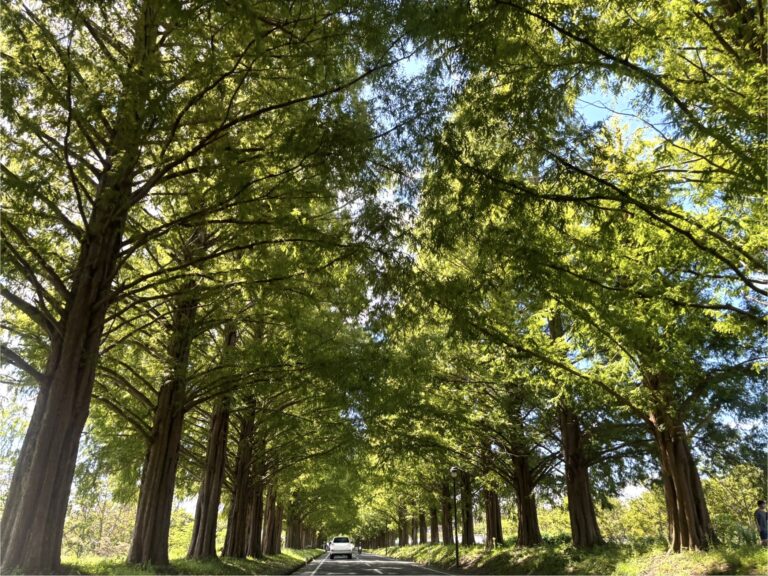
Metasequoia trees line
Makino Town boasts a 2.4km avenue lined with 500 Metasequoia (dawn redwood) trees. At this time of year, the area is blanketed in beautiful fresh green foliage. Compared to autumn colours, the foliage here isn't a vivid crimson, which sometimes leads to it being listed as a disappointing tourist spot. However, the contrast between the green and the blue sky is truly splendid. You can go horse riding or take a carriage ride along the tree-lined avenue. Please note that you cannot park on the roadside and use the car park at the entrance to the avenue.
- Shiga
- Spot introduction
-

Espace Louis Vuitton Osaka
The works of Yayoi Kusama, who enjoys immense popularity in Europe. Currently, her pieces spanning from her early years to recent times are on free display at the exhibition space “Espace Louis Vuitton Osaka” within the Louis Vuitton Maison Osaka Midosuji. Particularly striking is her 1965 work “Infinity Mirror Room-Phalli's Fiel”. Though viewing is limited to approximately one minute per group, visitors can sense her inspiration centred on infinity and eternity. The exhibition is scheduled to run until 12 January next year.
- Osaka
- Spot introduction
-
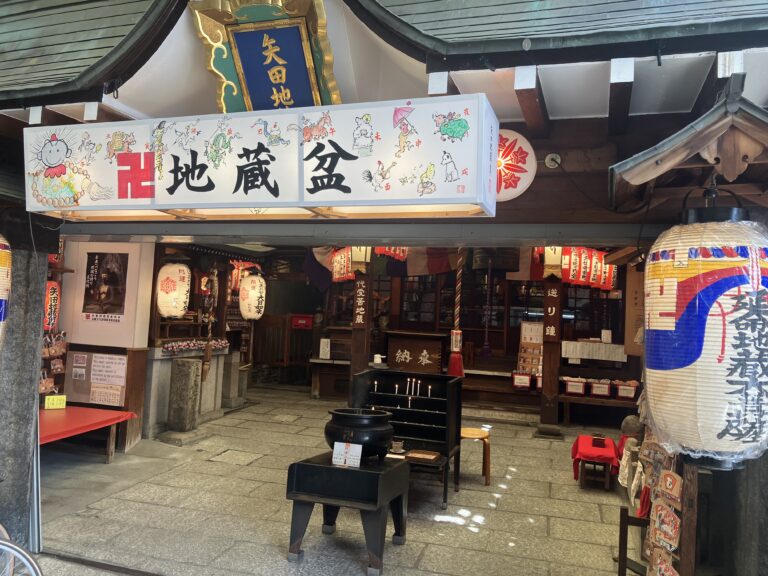
Jizō Bon
After the Gozan Okuribi, Kyoto welcomes Jizō Bon.Jizō Bon is an event held on 24 August, which is associated with Jizō Bosatsu, the guardian deity of children and roadside shrines, to pray for the health of children and the safety of the neighbourhood. Jizō Bosatsu is a bodhisattva who vowed to save people lost in the six realms (six worlds) from the time of Shakyamuni Buddha's death until the appearance of Maitreya Bodhisattva.During Jizō Bon, the Jizō statue is taken out of its shrine, adorned with makeup, and dressed in a new apron before being enshrined on an altar. The…
- Kyoto
- Spot introduction
-
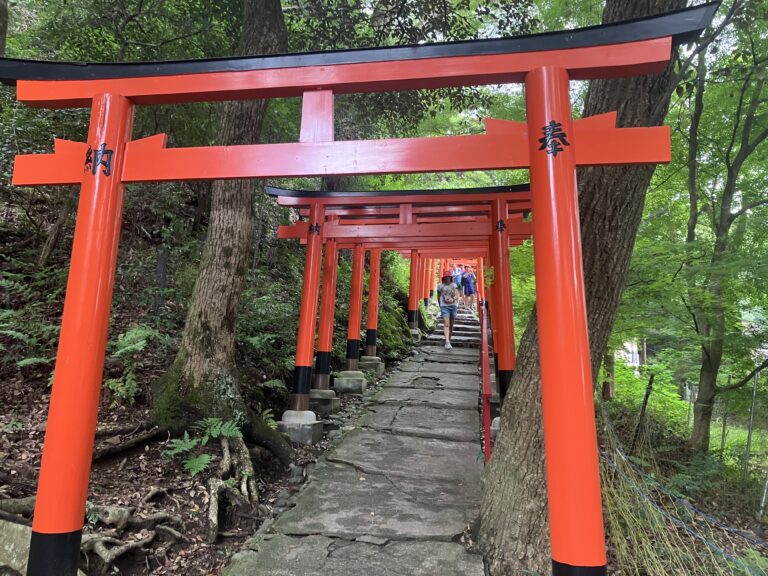
A quiet row of torii gates to enjoy
I sometimes receive requests from customers who want to take photos of torii gates lined up in a place with few people.In such cases, I take them to Futaba Hime Inari Shrine, located right next to Kamigamo Shrine. While many people visit Kamigamo Shrine, a World Heritage Site, few seem to visit this shrine, which is located a little further away.Founded in 820, it was originally the guardian shrine of Jingū-ji Temple, a Buddhist temple that practised Shinto-Buddhist syncretism. Shinto-Buddhist syncretism was a doctrine that sought to harmonise Japan's indigenous Shinto beliefs with imported Buddhist beliefs, and it was widely…
- Kyoto
- Spot introduction
-

Where can we spend some quiet time at Fushimi Inari?
Fushimi Inari Taisha Shrine is always crowded with people.However, there are a few quiet places where tour groups don't go. My favourite is Kobo-ga-taki Waterfall.After passing through the thousand torii gates, follow the Kyoto Loop Trail from the inner shrine, and you'll come to a bamboo forest. Continue walking through the bamboo forest for about 10 inutes to reach the waterfall. Waterfalls have been places of spiritual training since ancient times. Being struck by the waterfall's flow trains both the mind and body.At Fushimi Inari Waterfall, you can see elements of both Shinto and Buddhism, and feel the fusion of…
- Kyoto
- Spot introduction
-

Fushimi Inari Taisha Shrine: Beware of the crowds
The main attraction for foreign tourists visiting Kyoto is undoubtedly Fushimi Inari Taisha Shrine.The red torii gates lining the approach to the shrine appeared in a scene in the American film Memoirs of a Geisha, and the fantastical scenery makes it an attractive place for foreigners.However, it is also true that the sheer number of foreign tourists can be overwhelming.In particular, it is also a tourist destination that we guides are most reluctant to take tourists. I have been bumped into by ill-mannered tourists three times in the past, so it is a place that requires caution.During the day, buses…
- Kyoto
- Spot introduction
-

Gozan no Okuribi
This year's Okuribi (Sending-Off Fires) ceremony was held without incident.On 13 August, we welcomed the spirits of our ancestors into our homes, and on the night of the 16th, we sent them back to the afterlife with the Okuribi ceremony.Since ancient times, the Japanese have revered mountains as sacred places, and we believed that after death, our souls would ascend to the mountains and reside there.The Sending-Off Fires also serve to comfort the souls of those who died in war, making them a prayer for peace.In the past, the Sending-Off Fires were held separately on five mountains around Kyoto, but…
- Kyoto
- Spot introduction
-
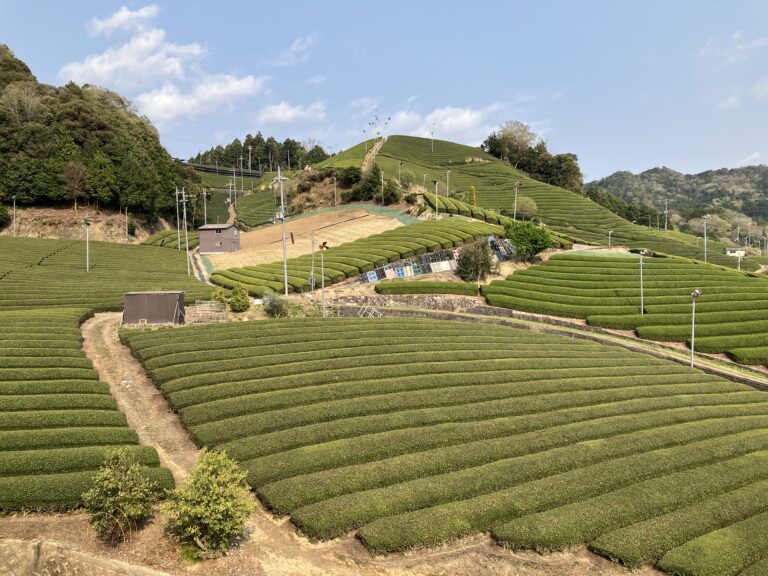
Tea fields of Ishidera
The tea fields of Ishidera are one of Kyoto's most representative landscapes. Wazuka-cho, where the tea fields are located, is the main production area for Uji tea, and the picking of new tea will soon begin. The tea fields are a must-see, but are difficult to access without a car. The roads around the area are extremely narrow, making it difficult for vehicles to pass each other. In addition, there are signs along the road prohibiting parking, as it would be an obstacle to the farm work. Normally, people park their cars at the Wazuka Tea Café run by the Wazuka…
- Kyoto
- Spot introduction
-
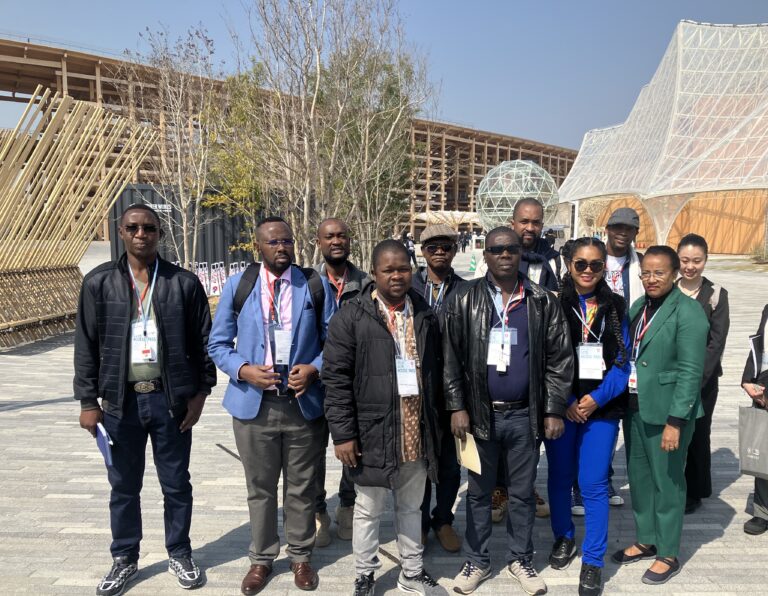
Osaka Expo surprisingly well received
The Osaka Expo has been criticised in the Japanese press since its opening. There was a succession of reports that the newly constructed Yumesima Station was overcrowded, that there was no escape route when it rained, and that the toilets were overwhelmingly inadequate and difficult to find. Safety is a concern, especially as methane gas above standard levels has been detected. Construction of pavilions has also been delayed, and the interiors of four pavilions in India, Nepal, Vietnam and Brunei have not yet been finished. Despite the numerous problems, the feedback from overseas visitors seems to be generally positive from what I…
- Osaka
- Spot introduction
-
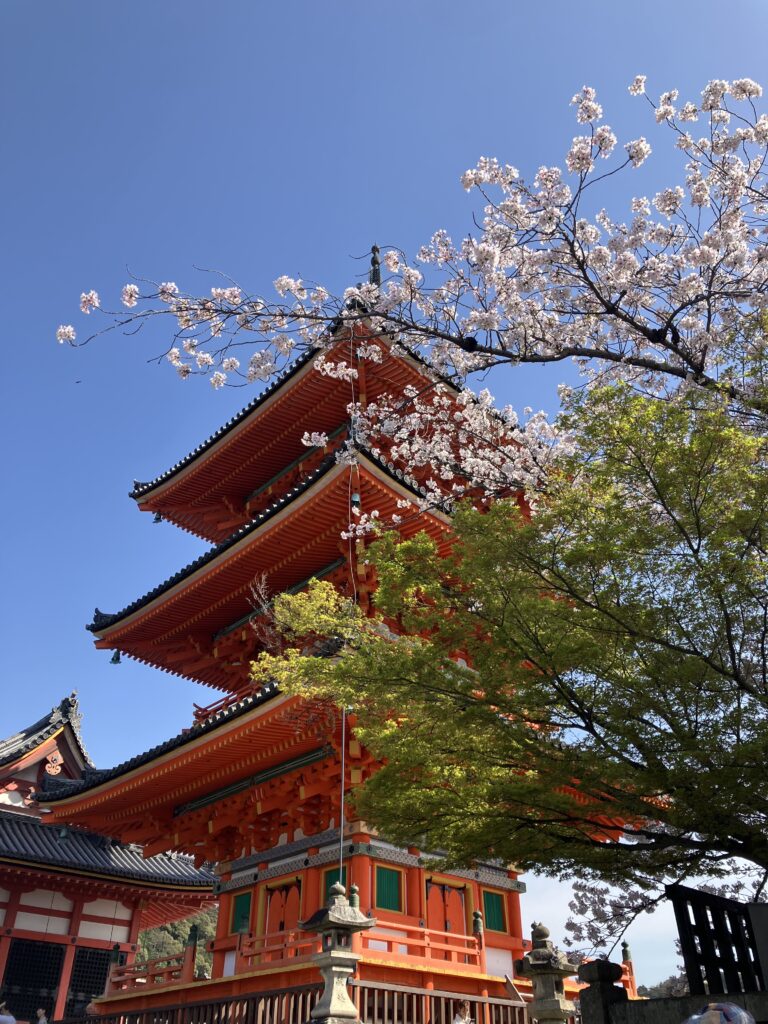
Surprisingly uncrowded Kiyomizu-dera Temple
Kiyomizu-dera Temple or Arashiyama are the most popular tourist attractions in Kyoto for foreigners. At the beginning of April, the temples are crowded with tremendous crowds, but this year there were surprisingly few people. However, of course there were huge crowds at Ninenzaka and Yasaka Pagoda. What was empty was the stage of Kiyomizu. Normally, you have to wait quite a long time to get to the tip of the stage, but this week the cherry blossoms were at their best in many places, so the tourists seemed to have been spread out quite a bit. At Kiyomizu-dera you can see around…
- Kyoto
- Spot introduction
-
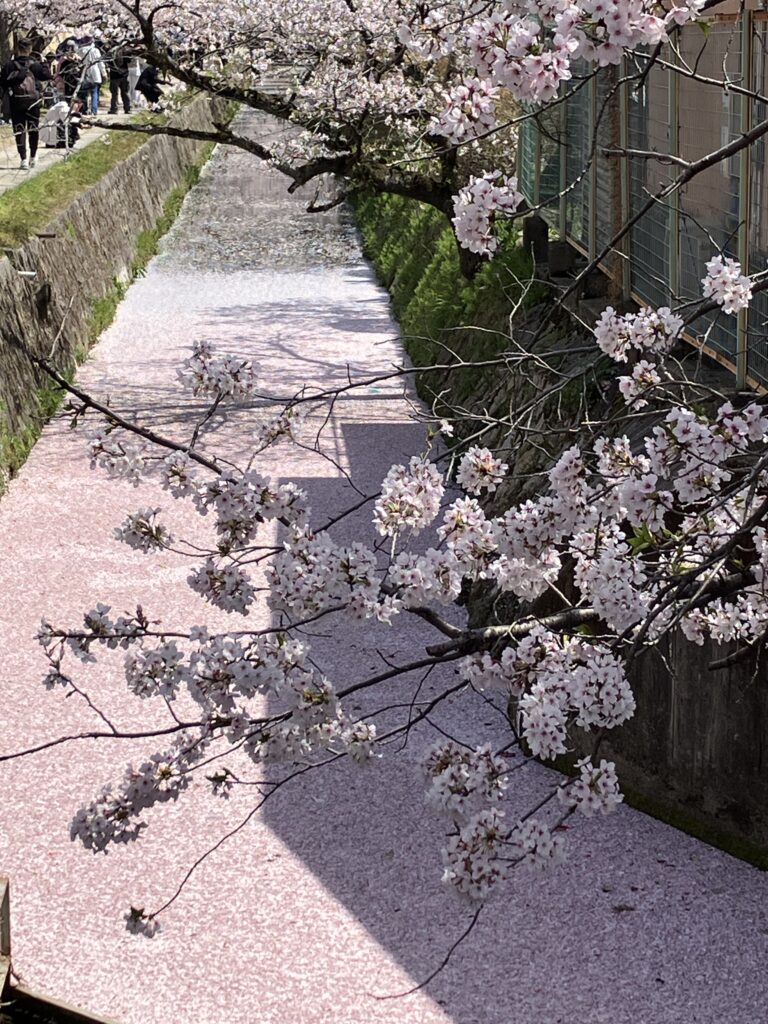
Flower rafts on the path of philosophy
Today, when the weather was fine, foreign tourists flocked to the Philosopher's Path in droves, taking photos as they pleased. Especially popular were the flower rafts, which can only be seen at this time of year. Petals scattered by the wind cover the surface of the water and look like a flower raft. The cherry trees along the Philosopher's Path were donated by Mr and Mrs Hashimoto Kansetsu, Japanese painters who were active in the Kyoto art world at the beginning of the 20th century, and there are currently around 400 trees along the waterway. Hashimoto Kansetsu was well versed in…
- Kyoto
- Spot introduction
-
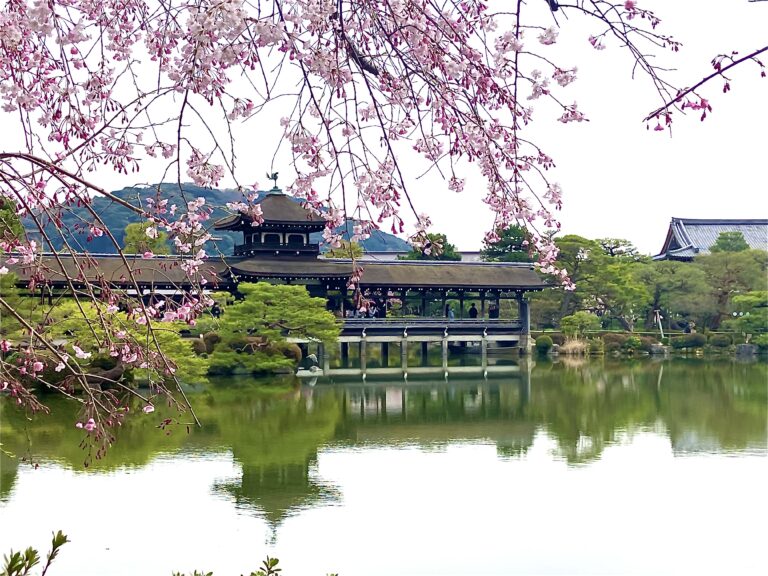
Heian Jingu shrine garden
Heian Jingu Shrine was built in 1895 to commemorate the 1100th anniversary of the founding of Heian-kyo, the ancient capital of Kyoto. It attracts fewer foreign tourists than other tourist attractions and offers a relaxing experience. An entrance fee of 600 yen allows visitors to explore the four ponds inside. At this time of year, weeping cherry trees can be enjoyed, and the bridge over Seiho Pond in East Garden, Taiheikaku, which can be seen at the end of the tour, is magnificent. After the transfer of the capital to Tokyo in 1868, various projects were undertaken in response to fears…
- Kyoto
- Spot introduction
